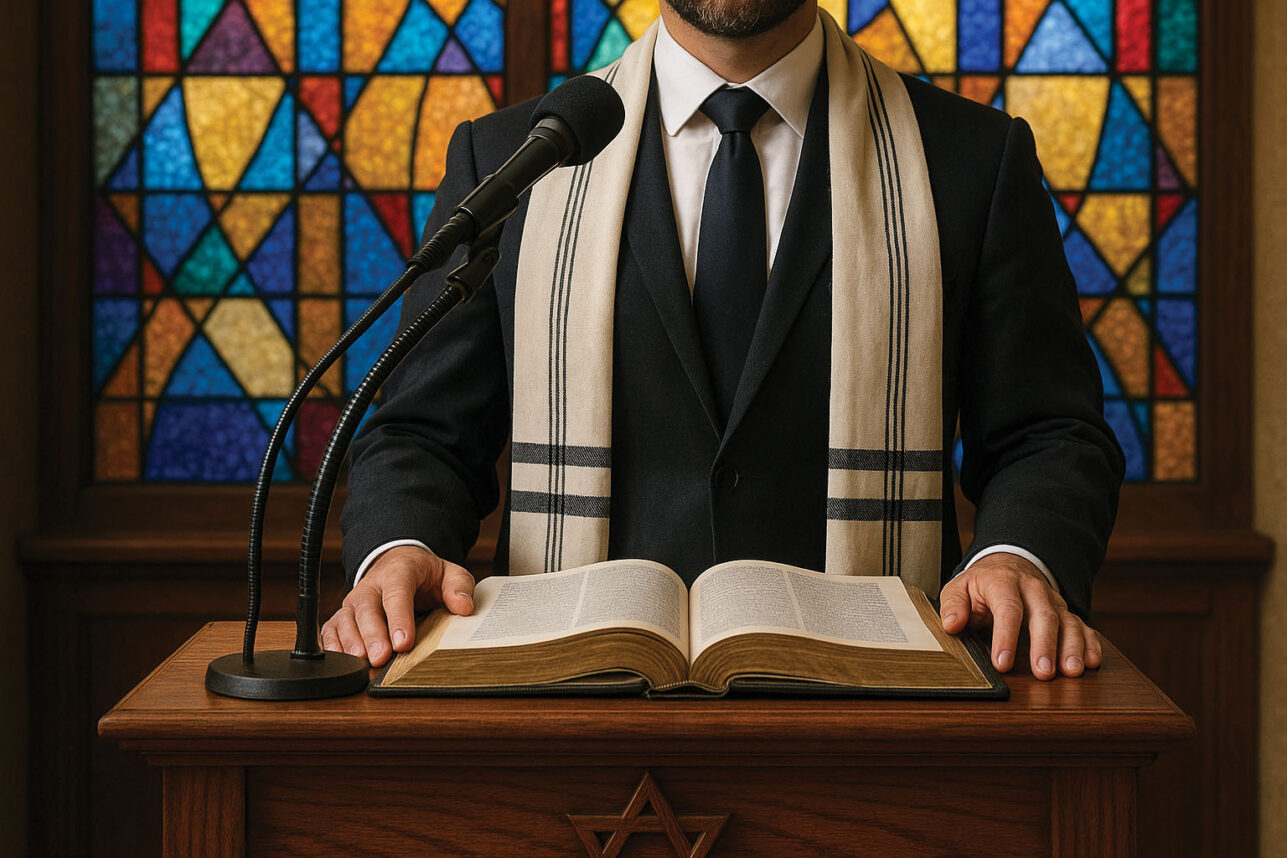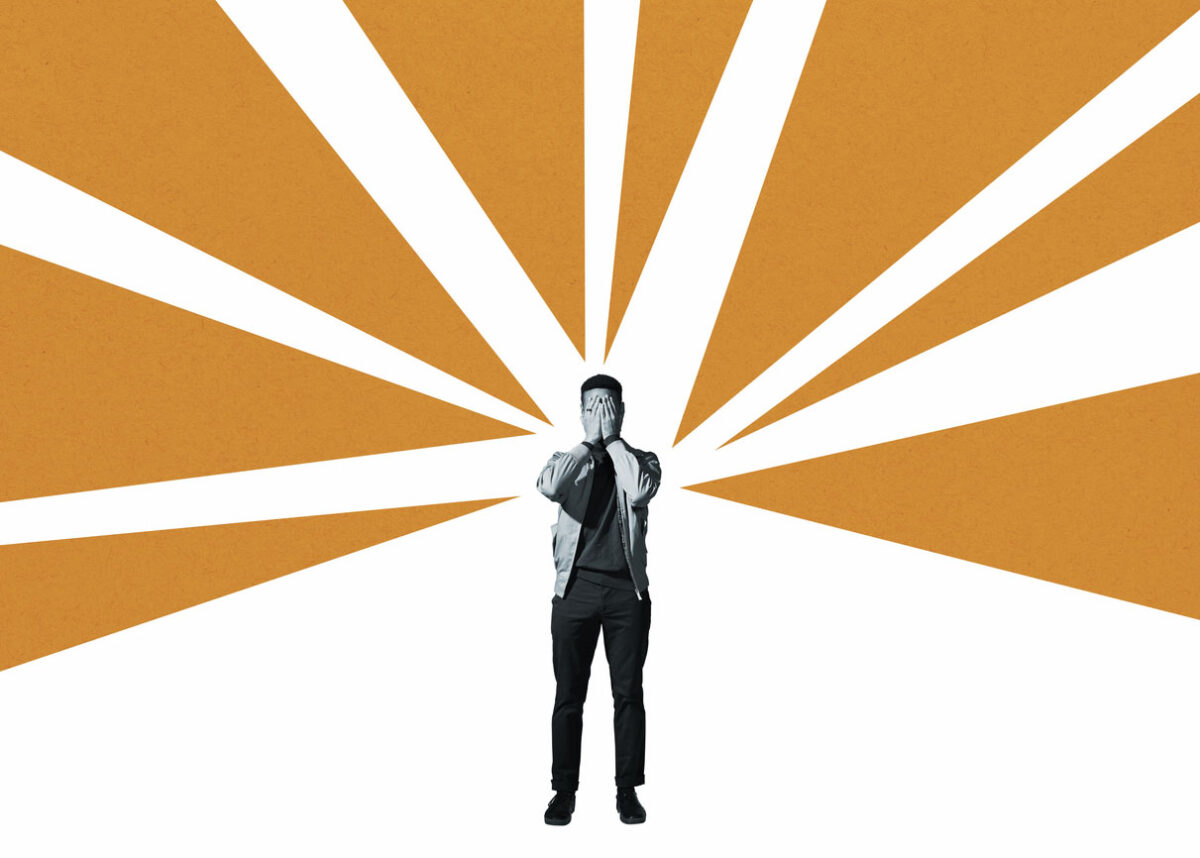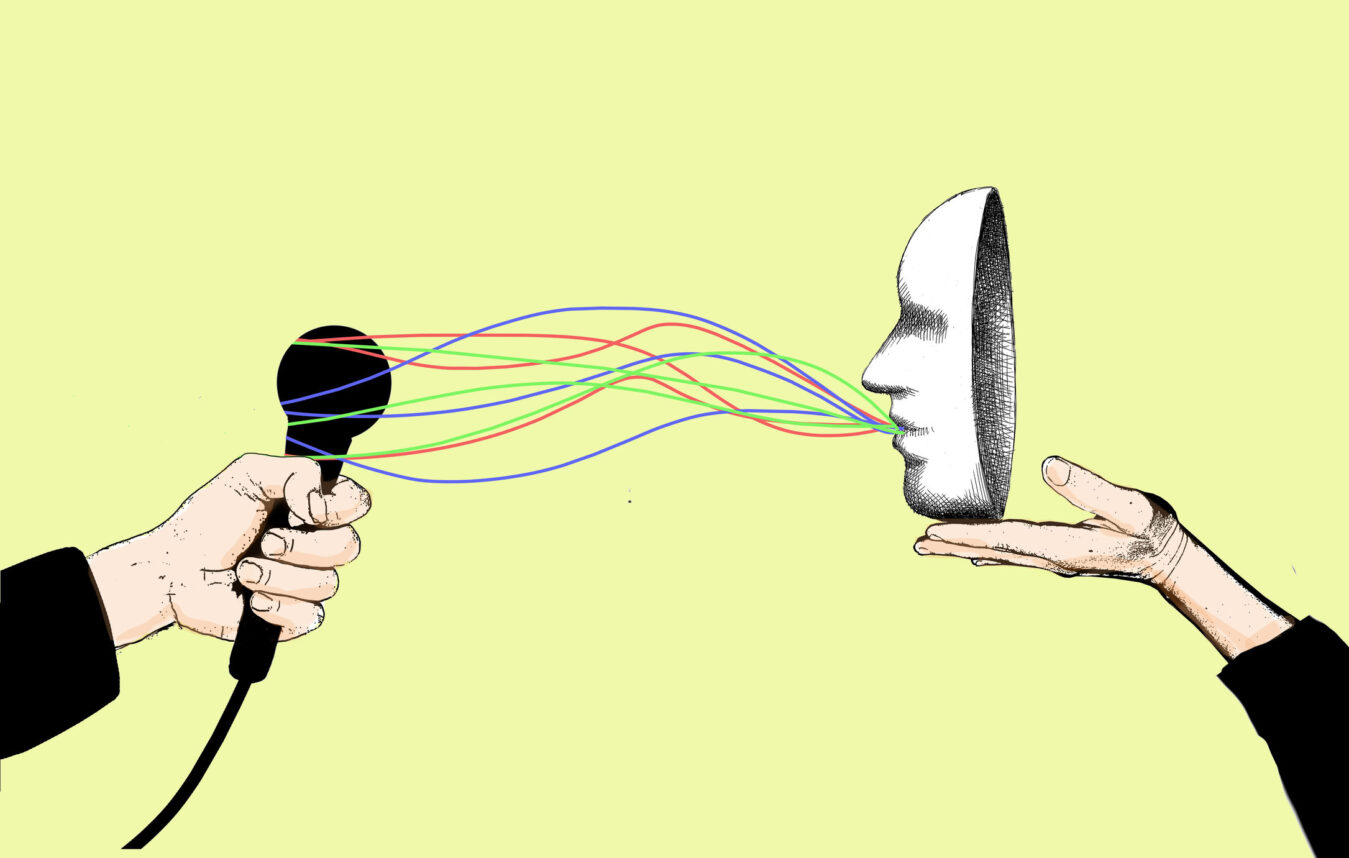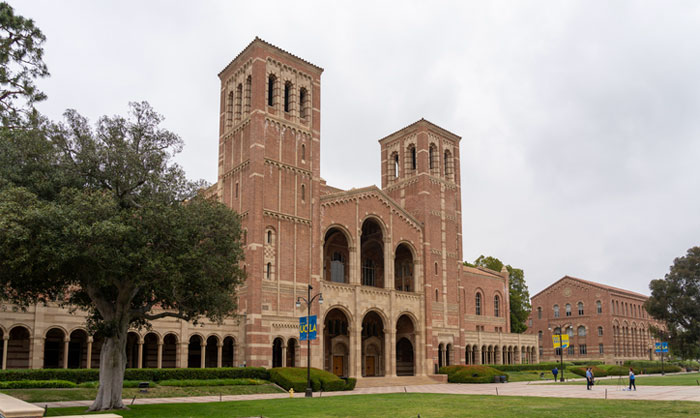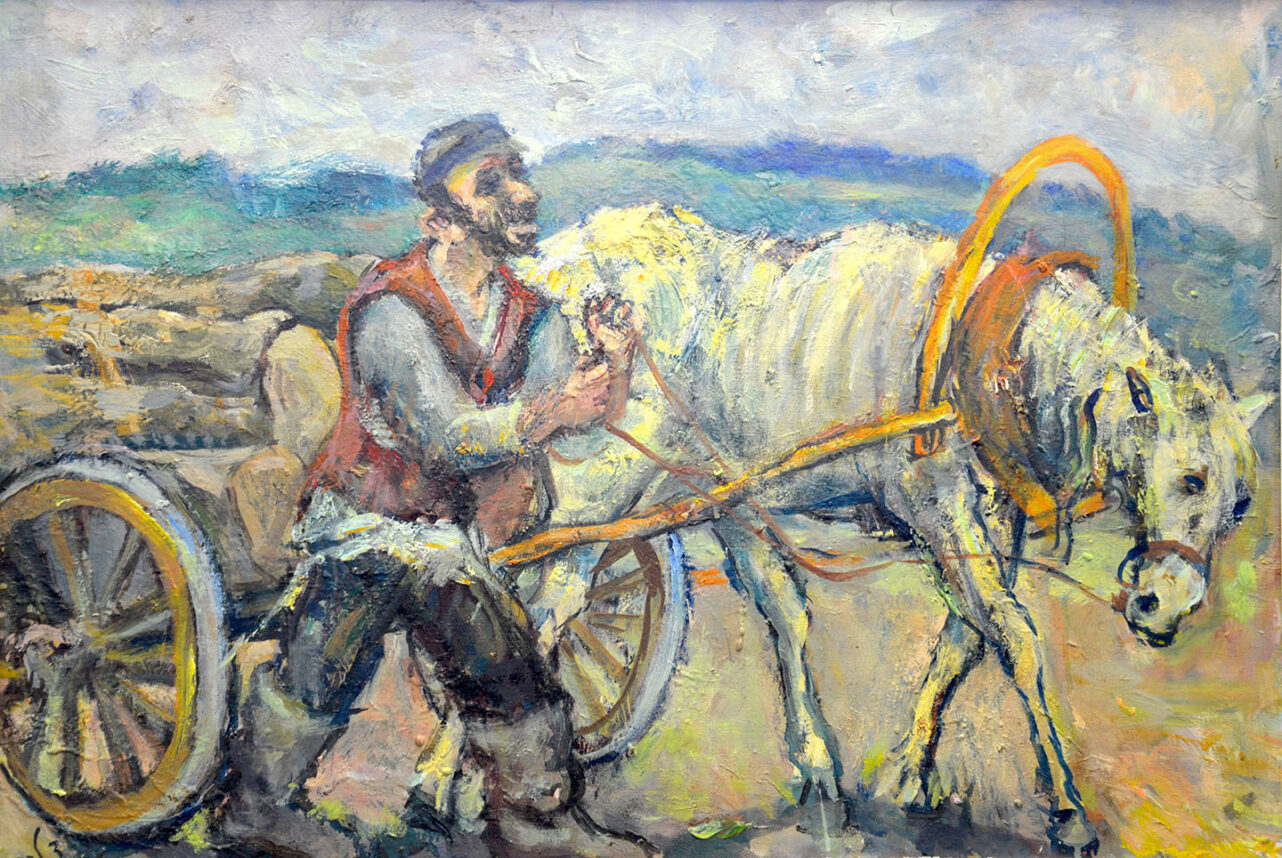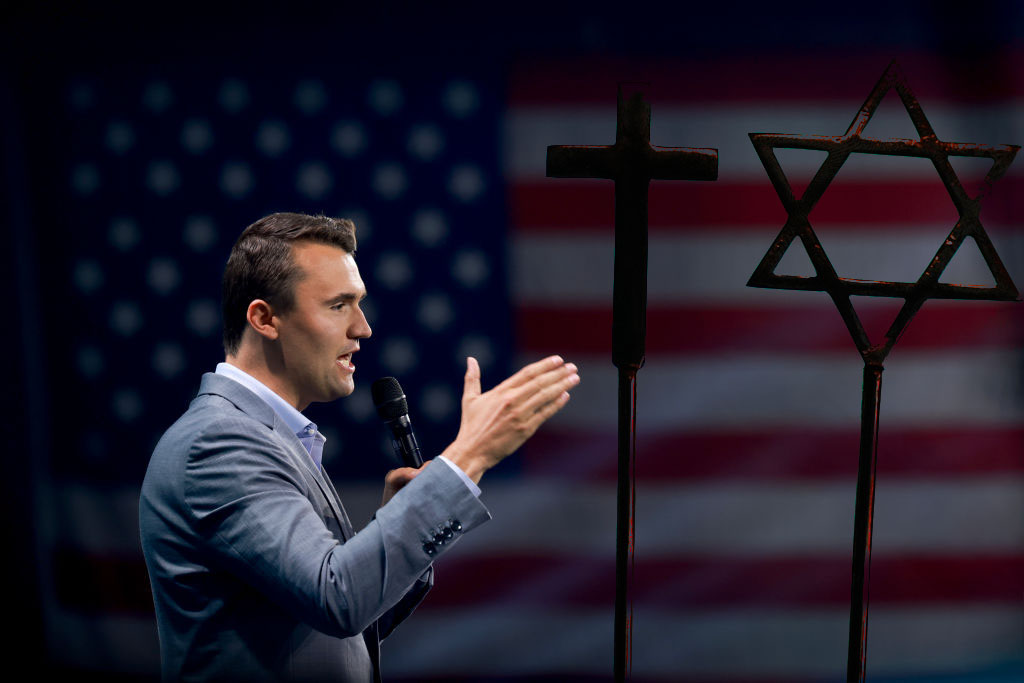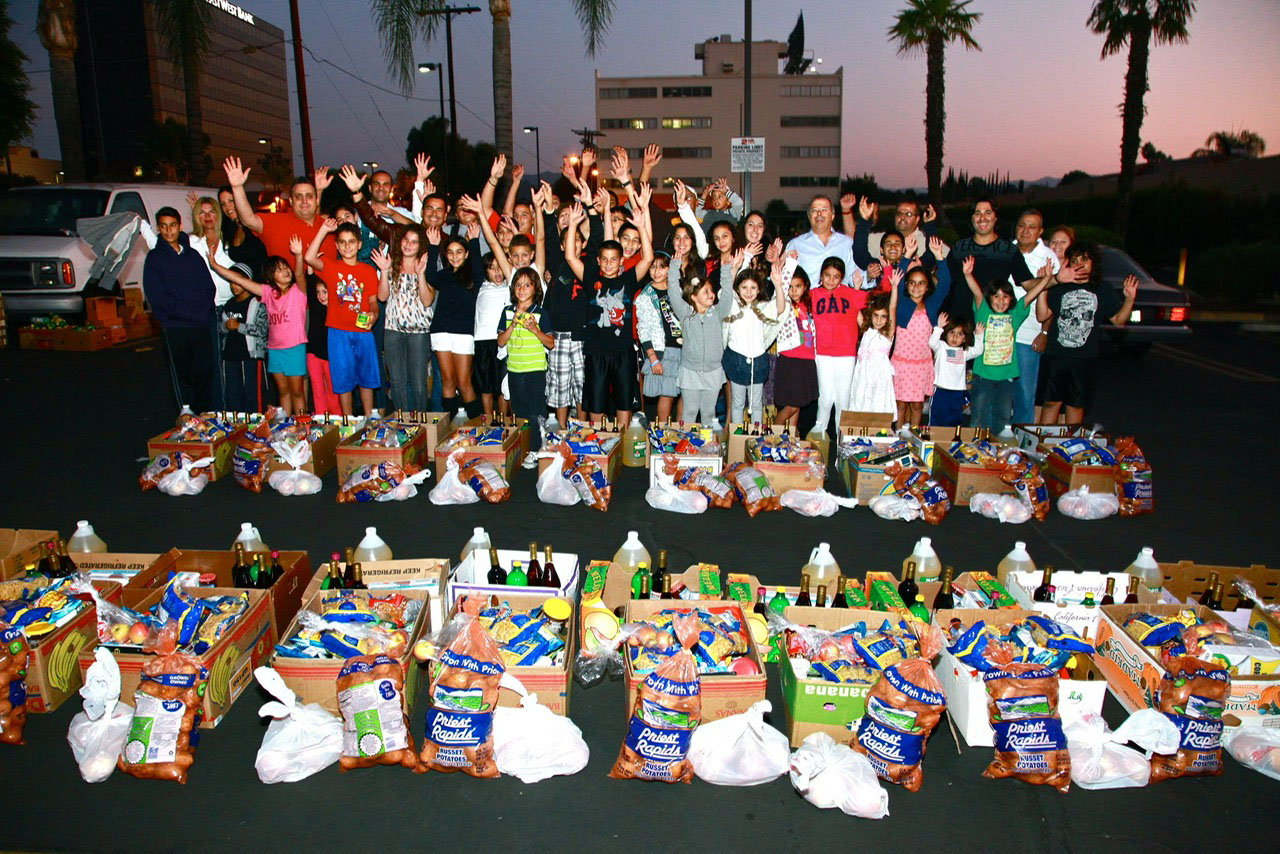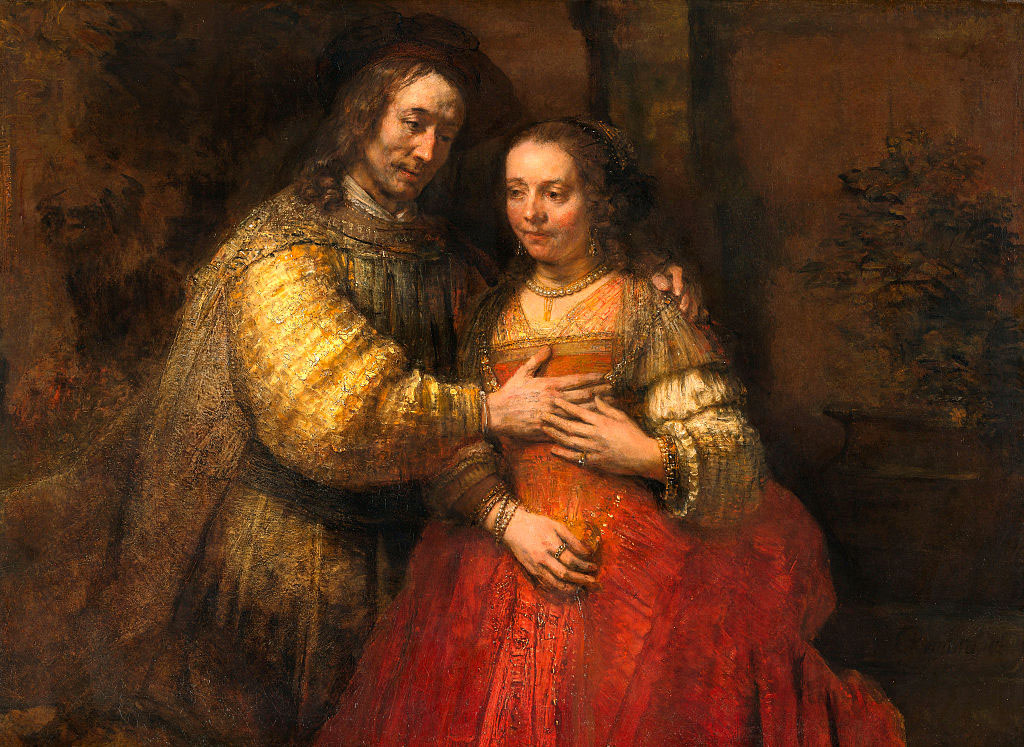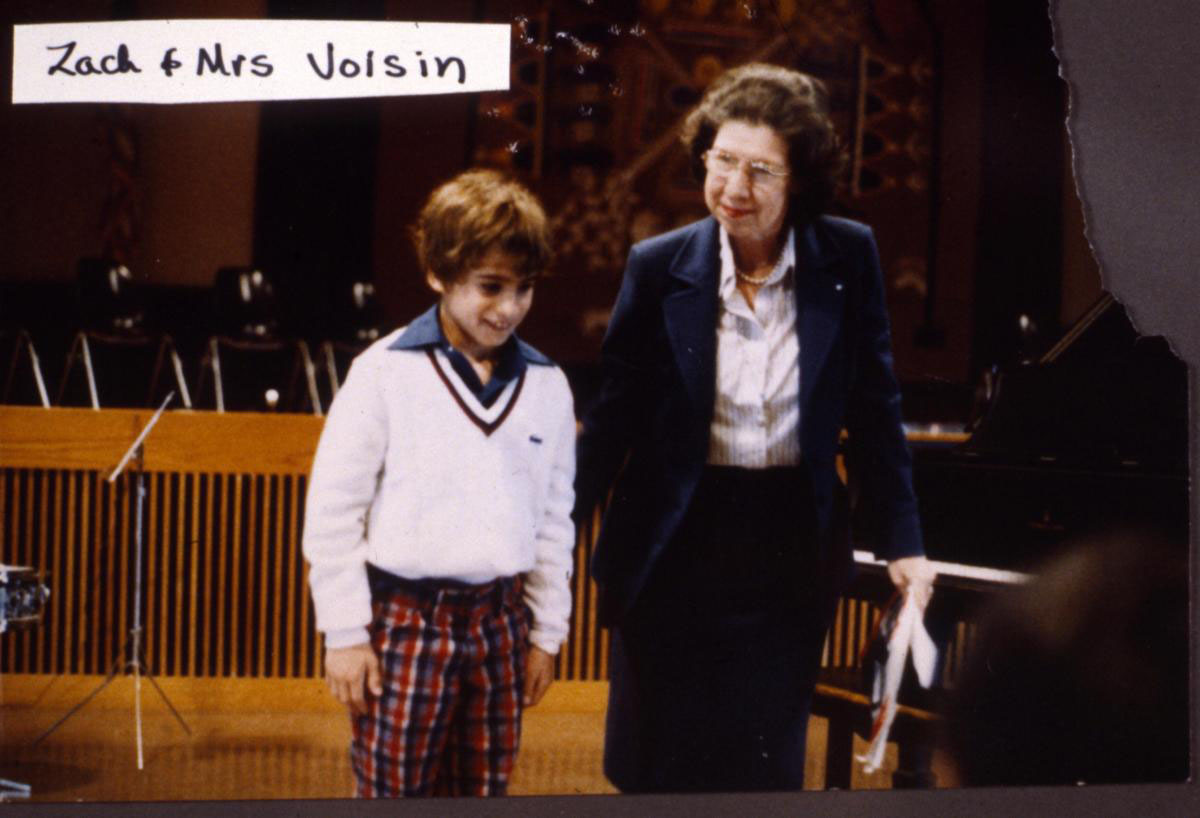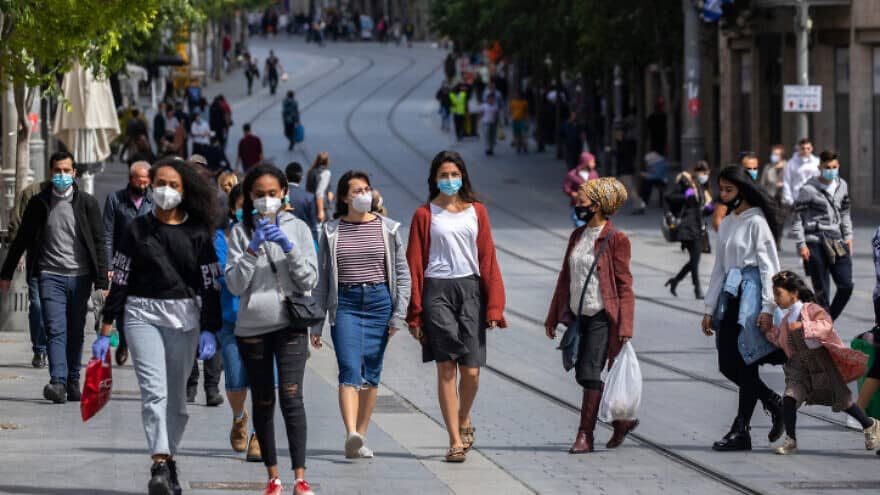
Yarmulke is such a funny word. Not as funny as phylacteries, which, as 12-year-old I thought had something to do with birth control. The one thing I knew about yarmulkes was I had to wear one in the Conservative synagogue our family attended. The ushers in the sanctuary and the teachers in Hebrew school made certain all us boys put one of those cheap black satin things on our heads the instant we walked in.
I recalled that early experience as I watched the fierce debate emerging in America about the mandate to wear a mask in public during the coronavirus crisis. In Tuesday’s New York Times, Frank Bruni wrote that to wear or not to wear a mask has become incredibly politicized between those who believe the science of viral transmission follow the guidelines of the Centers for Disease Control and Prevention and the coronavirus task force, and those who think the pandemic is a hoax think and face coverings are unnecessary.
The mask has become a tribal symbol, like the yarmulke.
The mask has become a tribal symbol, like the yarmulke. Back in my Omaha youth, Orthodox Jews always wore yarmulkes. Conservative Jews wore a yarmulke in shul and sometimes at home, but not on the street, and Reform Jews never wore a yarmulke. Over the years, of course, this has changed.
The strange Yiddish word “yarmulke” (probably a variation of the Polish “jarmulke”), has fallen out of use. The Hebrew word kippah (literally “dome”), is more common. Women have moved on from what my Bubbie called a “tichel” — a lacy scarf that looked like a doilie — to wearing all manner of beautiful kippot. Many Reform Jews now wear kippot in synagogue and some Conservative Jews wear one all day long. The style and even the fabric of the kippah often indicates the subgroup one identifies with: “kippah sruga” — a knitted hat, for example, indicates a Modern Orthodox person, unlike the black velvet kippot of the Hasidim.
I sense we are witnessing a similar development with facial masks. The plain paper mask, often distributed in doctor’s offices and hospitals have given way to all sorts of fashion statement coverings. When my wife Susie and I arrived in Rochester, Minn. in early February for her kidney transplant and my living donation at the world famous Mayo Clinic (yes, the one where Vice President Pence refused to wear a mask), we were advised to acquire a Vogmask, a cloth covering made completely of N95 material. The Mayo store had a wide selection. We chose matching ‘60s psychedelic fabric, complete with peace signs and hearts.

The creativity that is now on display over masks — everything from Disney characters to American flags — is reminiscent of personalized kippot. At Shalom House, a Judaica store in Los Angeles, you can buy kippot with sporting team logos, scenes of Jerusalem and personalized names painted on leather. And then, of course, there are the ubiquitous kippot stamped on the underside with the names of bar and bat mitzvah kids and wedding couples.
With no end in sight to social distancing guidelines, the idea of wearing a mask for months is challenging. The nurses at Mayo have invented headbands with buttons to secure their masks during 12-hour shifts, rather than endure the painful tug on their ears. “Kippon!” — a Velcro-like strip that replaces bobby pins, helps secure a yarmulke on the head.
What does it all mean? Before the coronavirus, we thought of masks as things criminals wore to hide their identities. Baseball catchers wore them to protect from errant pitches, They were worn by movie villains, the Lone Ranger and the Phantom of the Opera. These masks had purposes as do ours today. Just like yarmulkes.
The purpose of the yarmulke is simple, yet profound. It is worn as a symbol of the relationship between human beings and the Divine. Whether you believe in God in Heaven or God in your heart, the yarmulke is a recognition that we are not alone, that there is a source of encouragement and support to sustain us during this pandemic and beyond.
The purpose of the mask is also simple, yet profound. It is worn to save lives, perhaps others, or maybe even your own. It too is a sign of relationship, between human beings. We wear the mask to reduce the chances of community transmission, even if we are asymptomatic. The mask I wear is not a symbol of a blue state, red state divide. It is not a symbol of whether I’m for or against Trump. It is a symbol of our connectedness and a real life contribution to the safety of the human race.
As a 6-year-old, I remember watching a public service announcement in 1955 from the National Highway Safety Council during an epidemic of tragic speeding accidents on the new Interstate highways killing teenagers. It featured the movie star Gig Young interviewing a young James Dean. Dean was in costume for his role in “Giant,” decked out in a cowboy outfit. Young opened by saying there were probably many young people watching and asked Dean, “As a racing man, what’s your opinion of fast driving on the highway?” Dean said, “People say racing is dangerous… but I’ll take my chances on the track any day than on the highway.” The commercial cut to a slogan that said, “The life you save may be your own.” At the end of the commercial, Dean looked into the camera and said, “Take it easy driving. The life you save might be mine.” Three weeks later he was killed in a speeding accident on a highway.
When you wear a mask, the life you save may be your own. Or, it could be mine. Or, my immuno-suppressed wife’s. Or your loved one. Or your friend.
So, please wear one.
Ron Wolfson is Fingerhut Professor of Education at American Jewish University, and the author of “Relational Judaism” and co-author, “The Relational Judaism Handbook.” (relationaljudaismhandbook.com).












